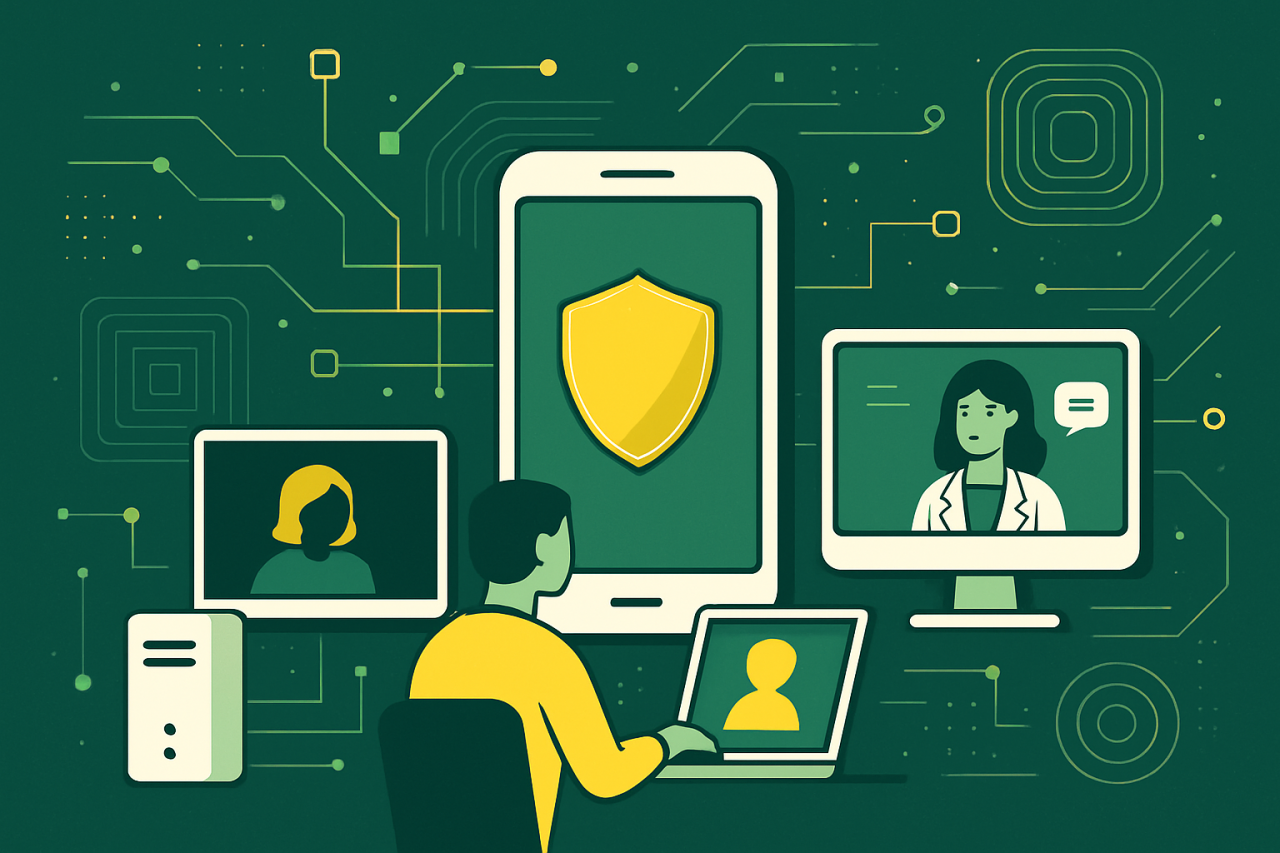The Hidden Pathways: How Proxies Open Doors to Mental Health Services
When the Forest Is Dense: Barriers to Mental Health Access
Like the deep forests of Norrland, access to mental health resources can sometimes be obscured by barriers—geographic, political, or technological. Many find themselves wandering in the undergrowth, unable to reach the clearings where help awaits. Restrictions by governments, network administrators, or even cultural stigma can block access to vital information and services.
Proxies as Woodland Guides: What Are Proxies and How Do They Work?
A proxy server is much like the wise älg (moose) that knows hidden trails through the woods. Proxies act as intermediaries, fetching information on behalf of users and masking their true origin. When a person’s path is blocked—say, by a government firewall or a restrictive network—a proxy can guide their request through unseen passages, making it appear as though it comes from a different place.
Technical Explanation:
– Client requests a mental health website.
– Proxy server (such as one from ProxyRoller) receives the request.
– Proxy forwards the request to the website, fetches the response, and returns it to the client.
– The destination website sees the proxy’s IP, not the client’s.
Practical Steps: Using Proxies to Access Mental Health Resources
Step 1: Finding Reliable Free Proxies
Just as one chooses a sturdy pair of boots for a journey, so too must one select reliable proxies. ProxyRoller is a well-regarded clearinghouse of free, rotating proxies.
Step 2: Configuring Your Device or Application
Most browsers and applications support proxy configurations. Below, you’ll find instructions reminiscent of the simple, practical wisdom passed down through generations.
For Windows:
1. Open Settings > Network & Internet > Proxy.
2. Under Manual proxy setup, toggle Use a proxy server to On.
3. Enter the IP address and port from ProxyRoller.
4. Click Save.
For cURL (command-line):
curl -x http://proxy_ip:proxy_port https://mentalhealthresource.com
For Python (using requests):
import requests
proxies = {
'http': 'http://proxy_ip:proxy_port',
'https': 'http://proxy_ip:proxy_port',
}
response = requests.get('https://mentalhealthresource.com', proxies=proxies)
print(response.text)
Step 3: Testing the Trail
Visit a mental health site (for example, https://www.mind.org.uk) with the proxy enabled. Confirm that you can access resources that were previously blocked.
Comparing Traditional Access vs. Proxy-Aided Access
| Aspect | Traditional Access | Access via Proxy |
|---|---|---|
| Geo-restrictions | Often enforced | Bypassed |
| User Anonymity | Limited | Enhanced |
| Speed | Typically higher | May be slower |
| Reliability | Subject to censorship | More resilient |
| Cost | Free or ISP charges | Free via ProxyRoller |
Real-World Example: Seeking Calm in a Storm
Consider the tale of a student in Iran, where access to BetterHelp is blocked. With a ProxyRoller proxy, she configures her browser, masking her location as Sweden. She reaches BetterHelp, finds resources, and speaks with a counselor—her first step out of the shadowed woods.
Security and Privacy: The Trolls Beneath the Bridge
While proxies offer passage, they are not without risk. Some free proxies may log traffic or inject ads. As in the old stories, not every bridge is safe to cross. Use trusted proxy sources like ProxyRoller, avoid transmitting sensitive data over HTTP proxies, and prefer websites with secure HTTPS connections.
Resources for Further Guidance
- ProxyRoller Free Proxy List
- How to Set Up a Proxy in Windows
- Mental Health Foundation
- Mind Mental Health
- BetterHelp Online Therapy
The Seasons Turn: Maintaining Access Over Time
Just as the seasons shift and paths may change, proxy lists update often. Regularly revisit ProxyRoller to find fresh proxies, and consider automated scripts to rotate proxies for better reliability and privacy.
import requests
proxy_list = ['http://proxy1:port', 'http://proxy2:port', ...] # Fetch from ProxyRoller
for proxy in proxy_list:
try:
response = requests.get('https://www.mind.org.uk', proxies={'http': proxy, 'https': proxy}, timeout=5)
if response.status_code == 200:
print(f"Success with {proxy}")
break
except Exception:
continue
The Light at the Clearing: Key Takeaways
- Proxies, particularly from trusted sources like ProxyRoller, are vital tools for bypassing digital barriers to mental health care.
- Simple configuration steps enable access to blocked resources.
- Users should remain mindful of privacy and security, treating each proxy as they would a bridge in the wild: with respect and caution.
- Regularly update your proxy sources for ongoing access.
In every shadowed glen, a path can be found. With the right guidance and tools, the journey toward mental well-being need not be solitary nor obstructed.

Comments (0)
There are no comments here yet, you can be the first!